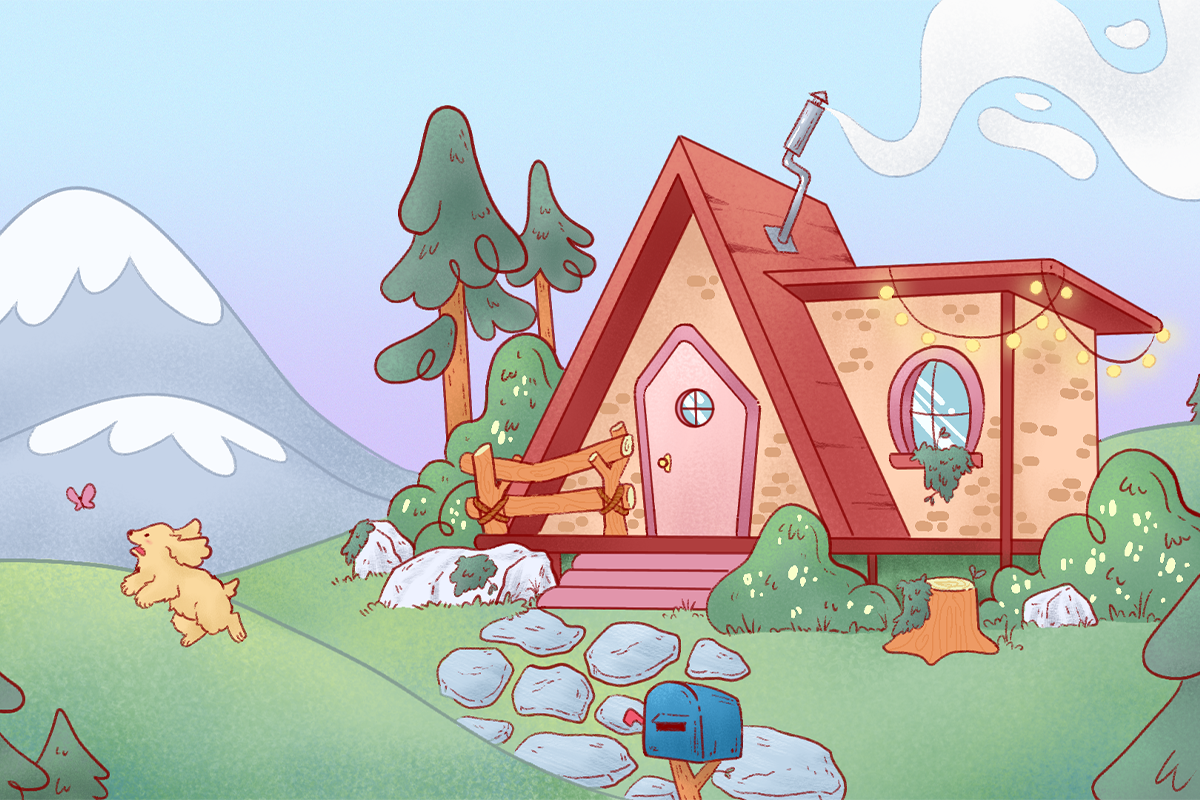An Interview With First Winner Of Tiny House 2023 Architecture Competition - Ruisi Sun and Jinyu Lu
Winners Interviews
11 Jun 2024
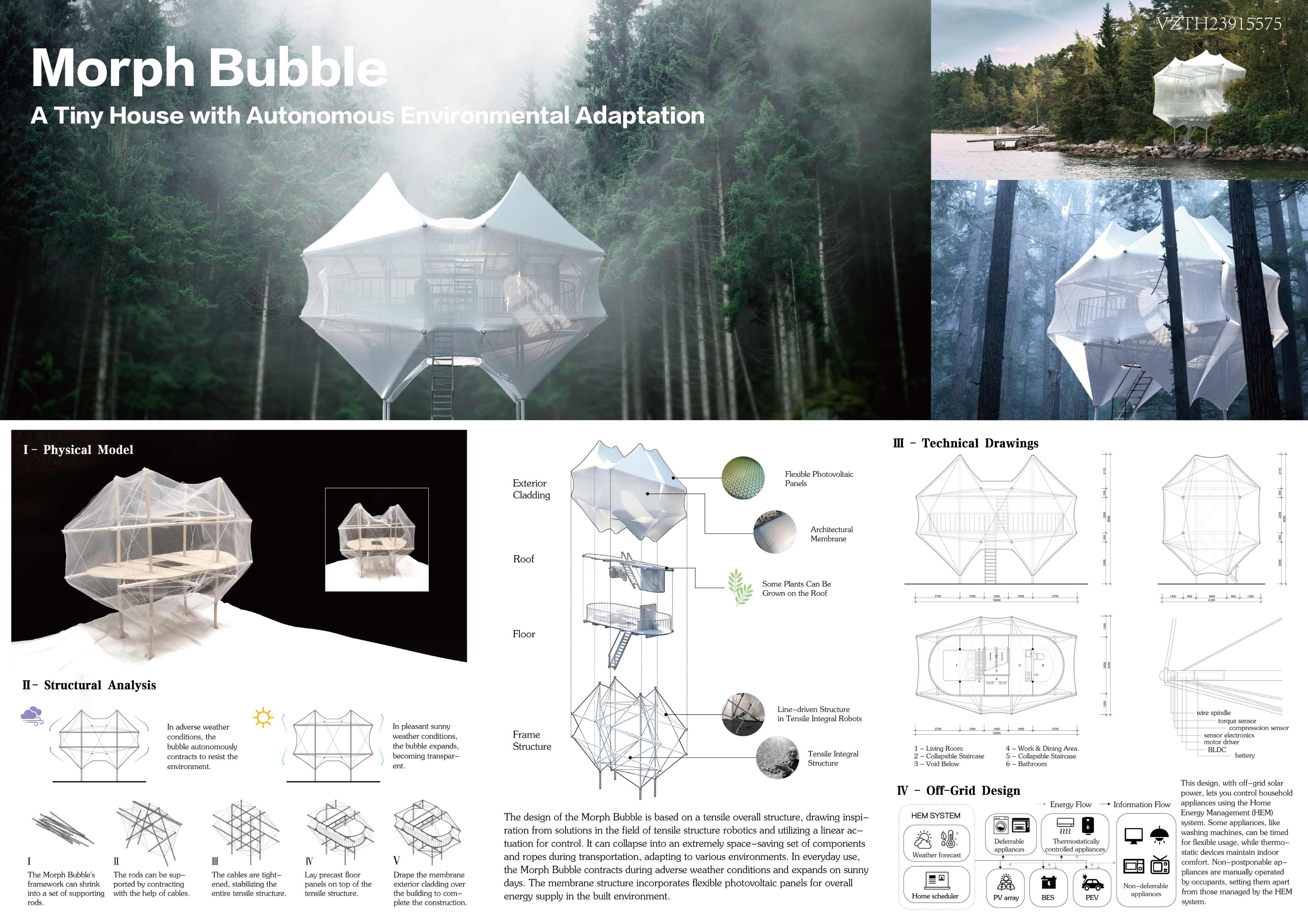
We would like to take this opportunity to introduce you with Ruisi Sun and Jinyu Lu, from China - The First Winner Of Tiny House 2023 Architecture Competition. Ruisi Sun, a student majoring in environmental design with a minor in AI innovation and entrepreneurship. Jinyu Lu is a highly skilled young architect with practical experience.
Come and take a look at what the First Winner Of Tiny House 2023 - "Ruisi Sun and Jinyu Lu" with their proposal "Morph Bubble" have to say about their experience and journey throughout the competition. For the purpose of this interview they would be referred as RS & JL to responses, however Volume Zero referred as VZ.
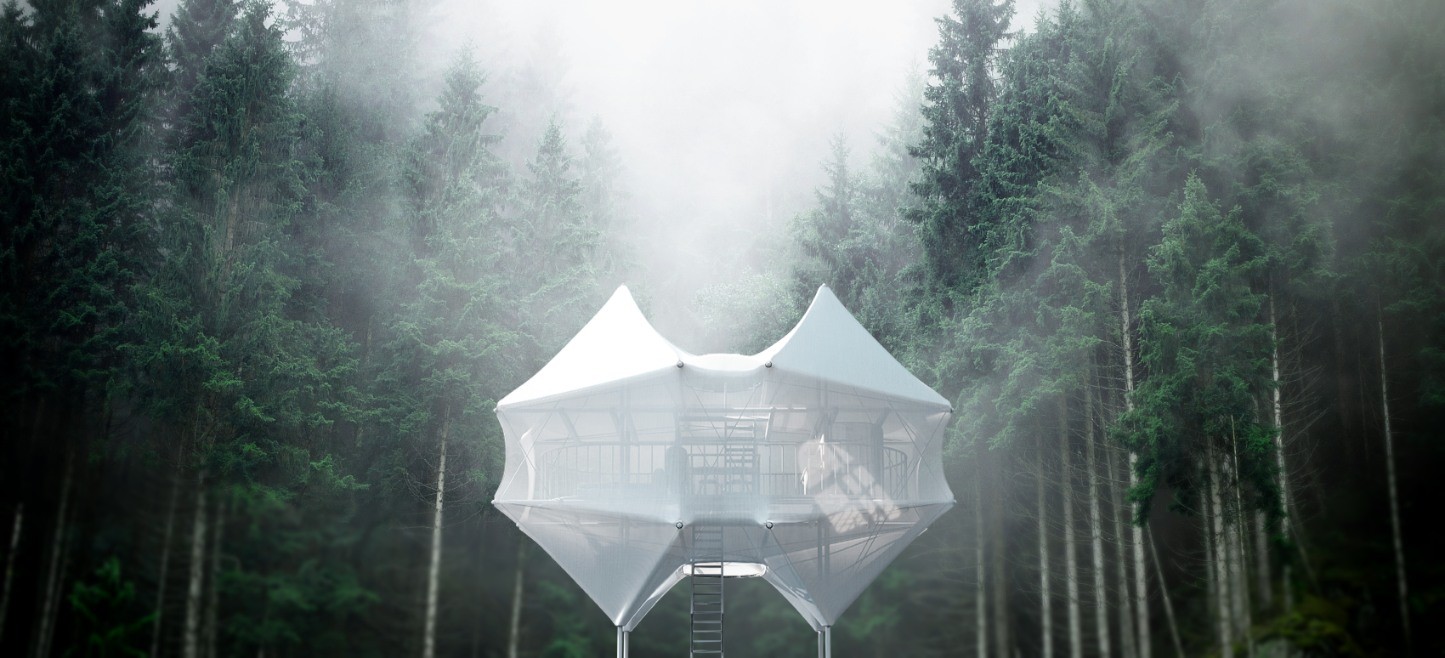
VZ- How would you introduce yourself / Team /Firm?
RS- I am Ruisi Sun, a student majoring in environmental design with a minor in AI innovation and entrepreneurship. Jinyu Lu is a highly skilled young architect with practical experience. Our collaboration started when I had some new ideas that seemed impractical and sought Jinyu's help to make them feasible. We often clashed due to the gap between imagination and reality, but these debates improved our project. I was surprised by the final result, knowing we still had areas to improve.
VZ- Give us brief information of your previous projects/ works/ research/achievements?
RS- Before this competition, I published a paper at the HRI conference. This competition was a way to apply similar concepts to architecture.
JL- Unlike Sun, my project experience and research come from work.
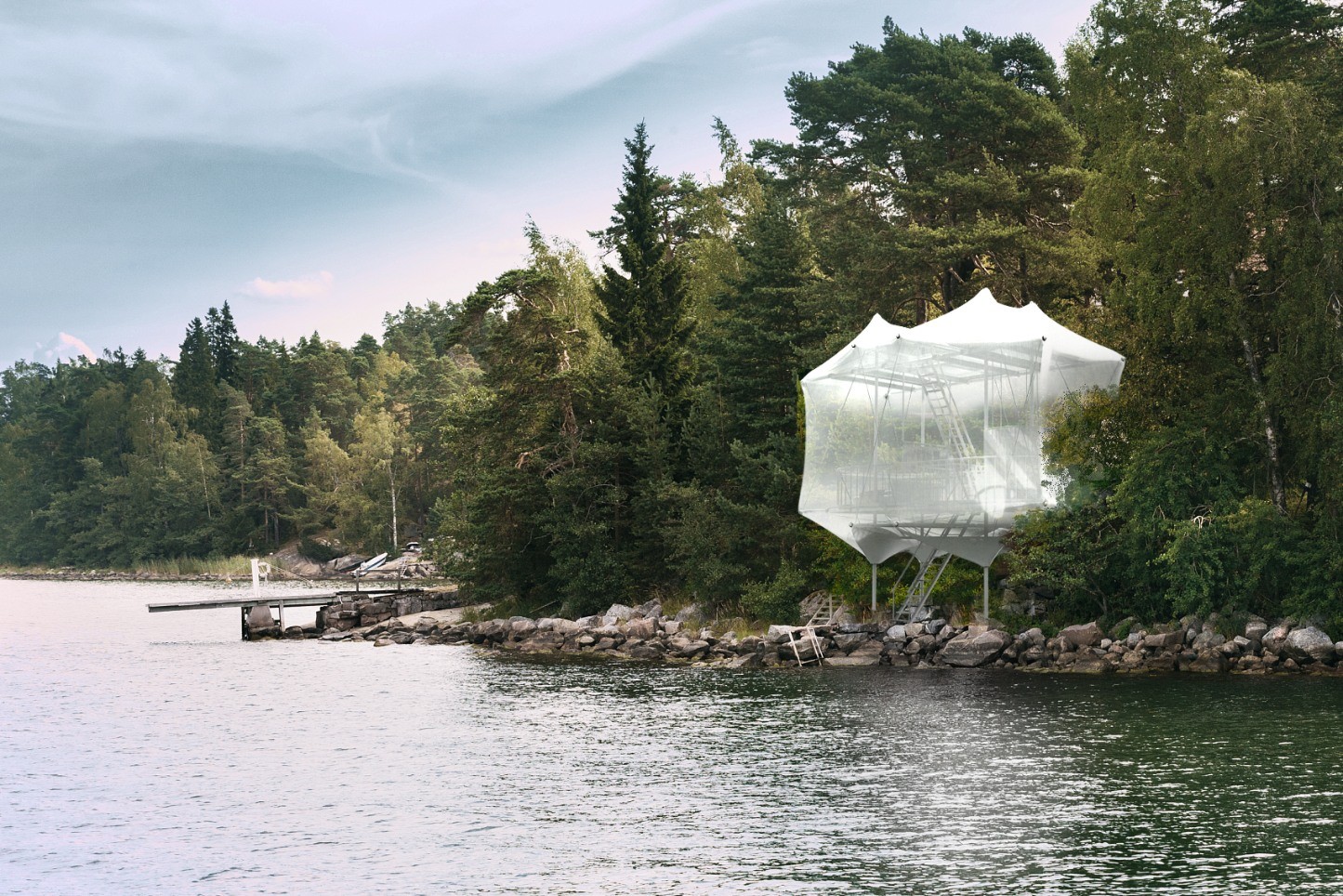
VZ- What unique design approach did you take that you believe contributed to your success in the competition?
RS- I integrated thoughts on robotics and space architecture into this design. I was surprised when Volume Zero's next competition topic was Martian architecture, as our approach already aligned with such futuristic thinking.
JL- We mechanized the translation of the classical model. I am also looking forward to the Mars architecture competition since one of our initial intentions was for this tiny house design to be applicable in non-Earth environments.
VZ- What advice would you give to individuals who struggle to decide whether it would be beneficial for them to participate in architecture vision competitions?
RS- As a student, my advice might be shallow, but I believe that frontier knowledge across fields is interconnected. Architects should learn cross-disciplinary and apply that knowledge.
JL- JUST DO IT!
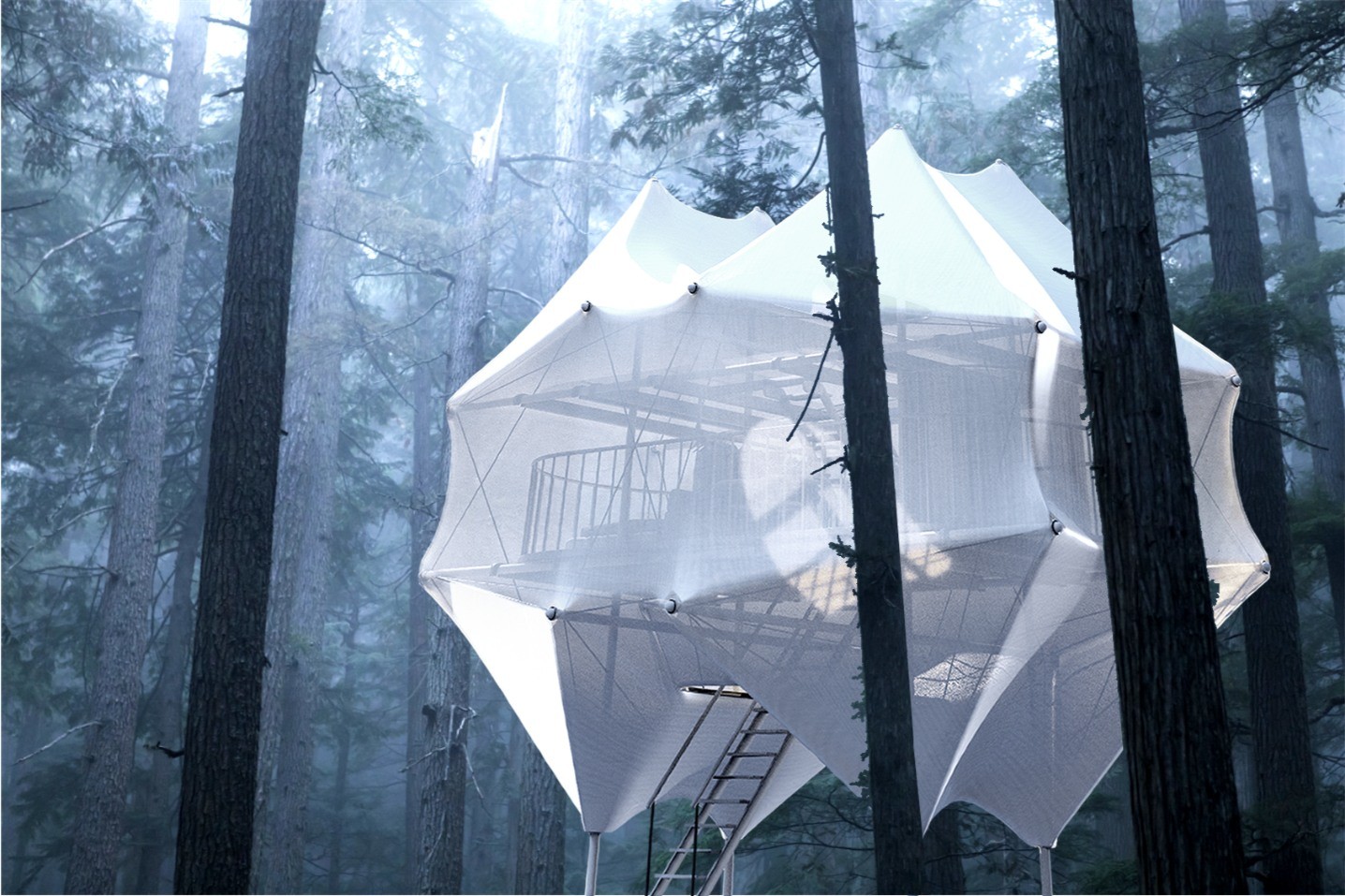
VZ- Can you walk us through your design journey for this competition?
RS- I was fascinated with cable-driven structures, which originated from classical tensegrity structures in architecture. Both tensegrity robots and pneumatic structures offer unique advantages in minimizing transport volume and achieving dynamic balance. My goal was to combine these elements to break conventional architectural structures.
JL- We had heated discussions about this. Initially, I was half in favor and half opposed to using a fully tensegrity structure. While it saves transport volume and is easy to assemble, we need more mature validation for full application. This remains an ongoing research topic for us.
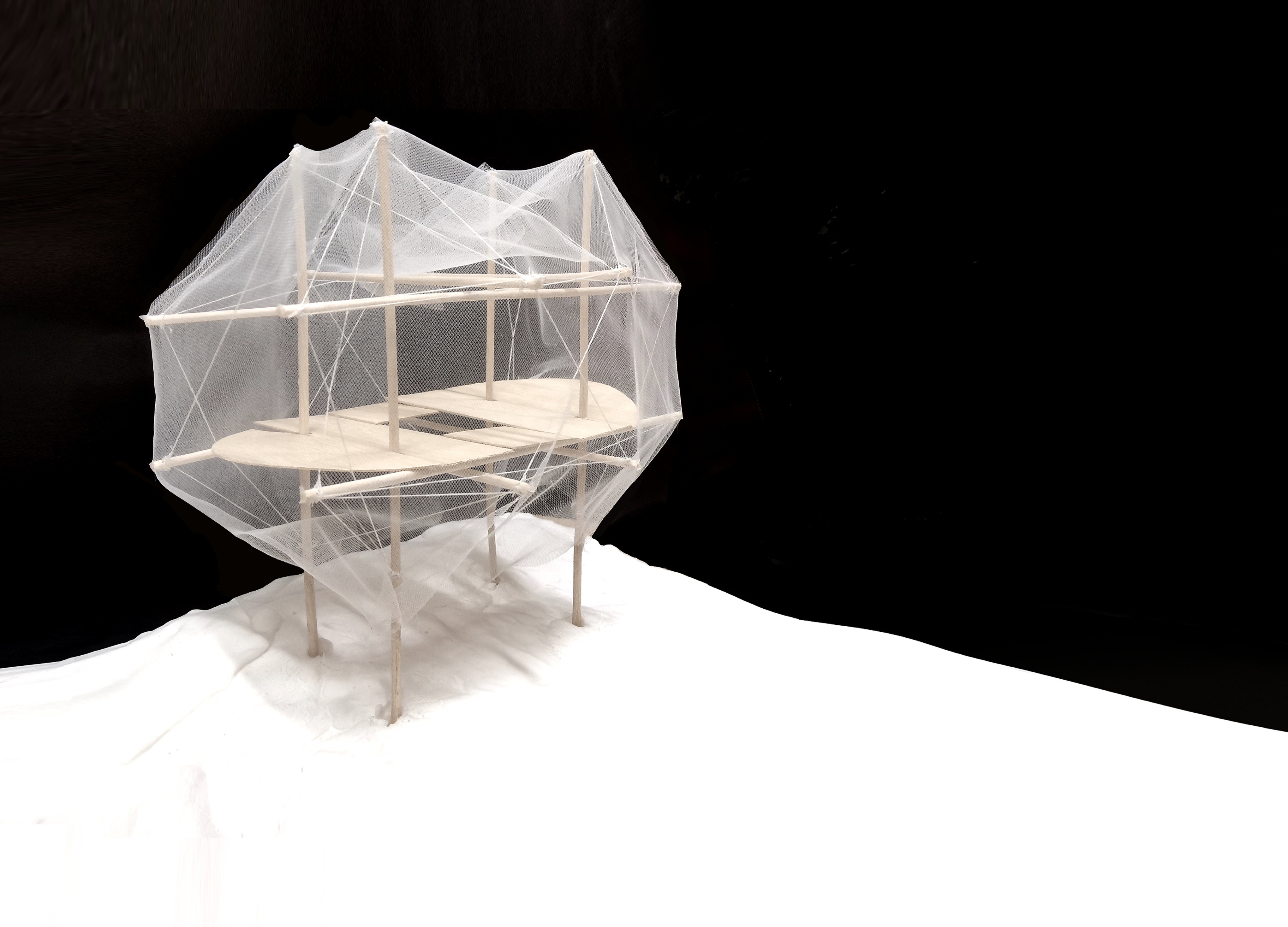
VZ- What were the challenges you faced while designing for such an architectural space?
RS- The structure is significantly different from conventional buildings, leading to practical implementation challenges. This is likely why tensegrity structures haven't seen wider application globally.
VZ- What was your thought process while designing for The Tiny House Architecture Competition 2023?
RS- We first completed the overall structure design and then integrated the functions within.
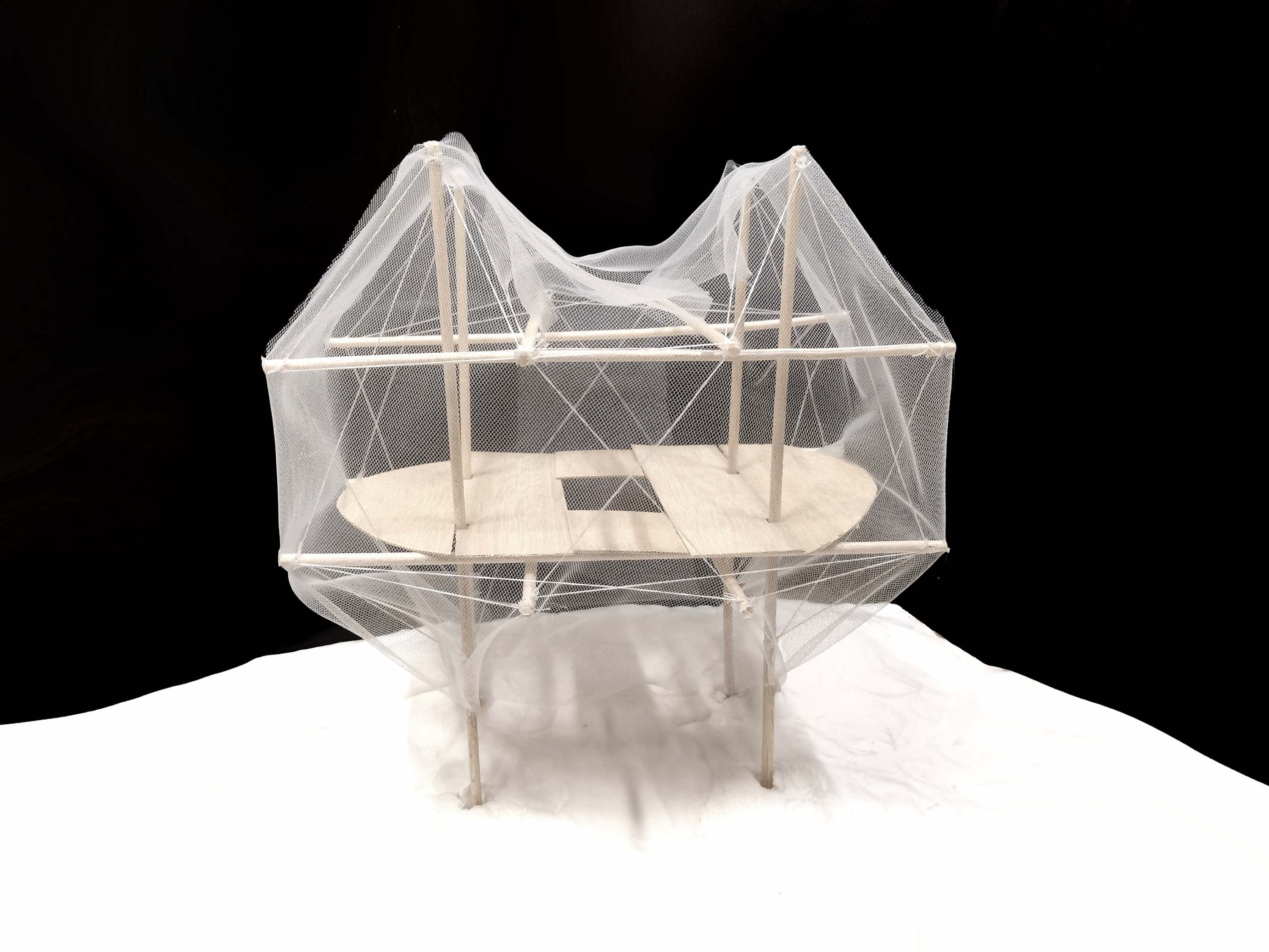
VZ- What attracted you to this competition?
RS- I wanted to innovatively solve larger problems, and this competition allowed me to experiment with these ideas on a smaller scale.
VZ- Where does your interest in design come from?
RS- I am always fascinated by what future human life will be like.
JL- Designing involves both brainstorming and realization, making it a captivating process.
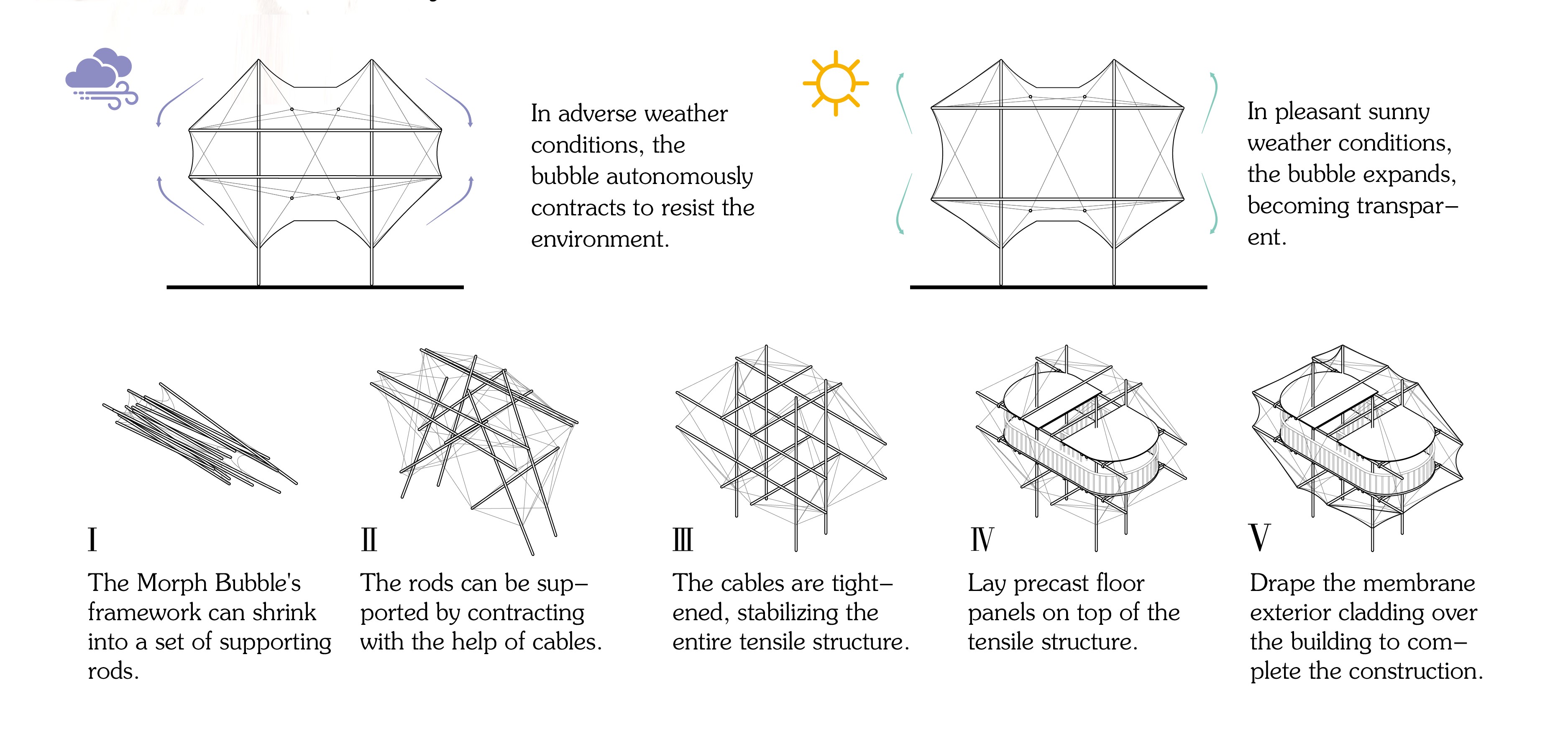
VZ- What design fundamentals do you believe in?
RS- Recently, I have focused on the integration of architecture and interaction. From Le Corbusier's "house is a machine for living" to the Metabolism movement and Plug-In City, and with today's technological advancements, I ponder what future architecture should be.
JL- People are the scale of the world.
VZ- What were your references/ inspiration?
RS- Robotics design, space architecture, and off-grid building design.
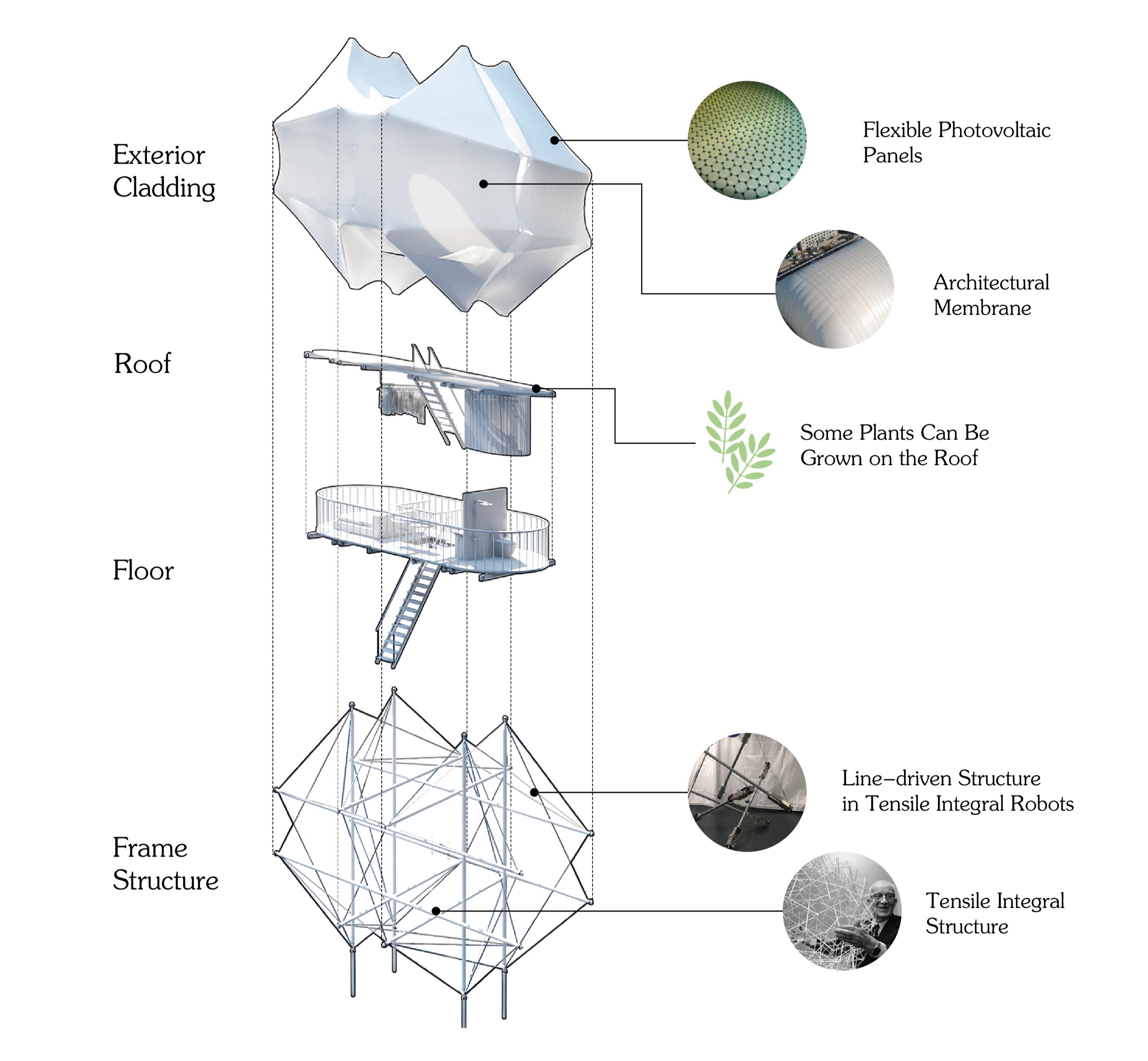
VZ- Which aspects of a design do you focus more during designing?
RS- Constructing its overall dynamic structure to be compressed for transport and adapt dynamically to the environment.
、
VZ- What according to you is the key to making your design a success?
RS- Interdisciplinary vision and bold innovation.
JL- Agree.
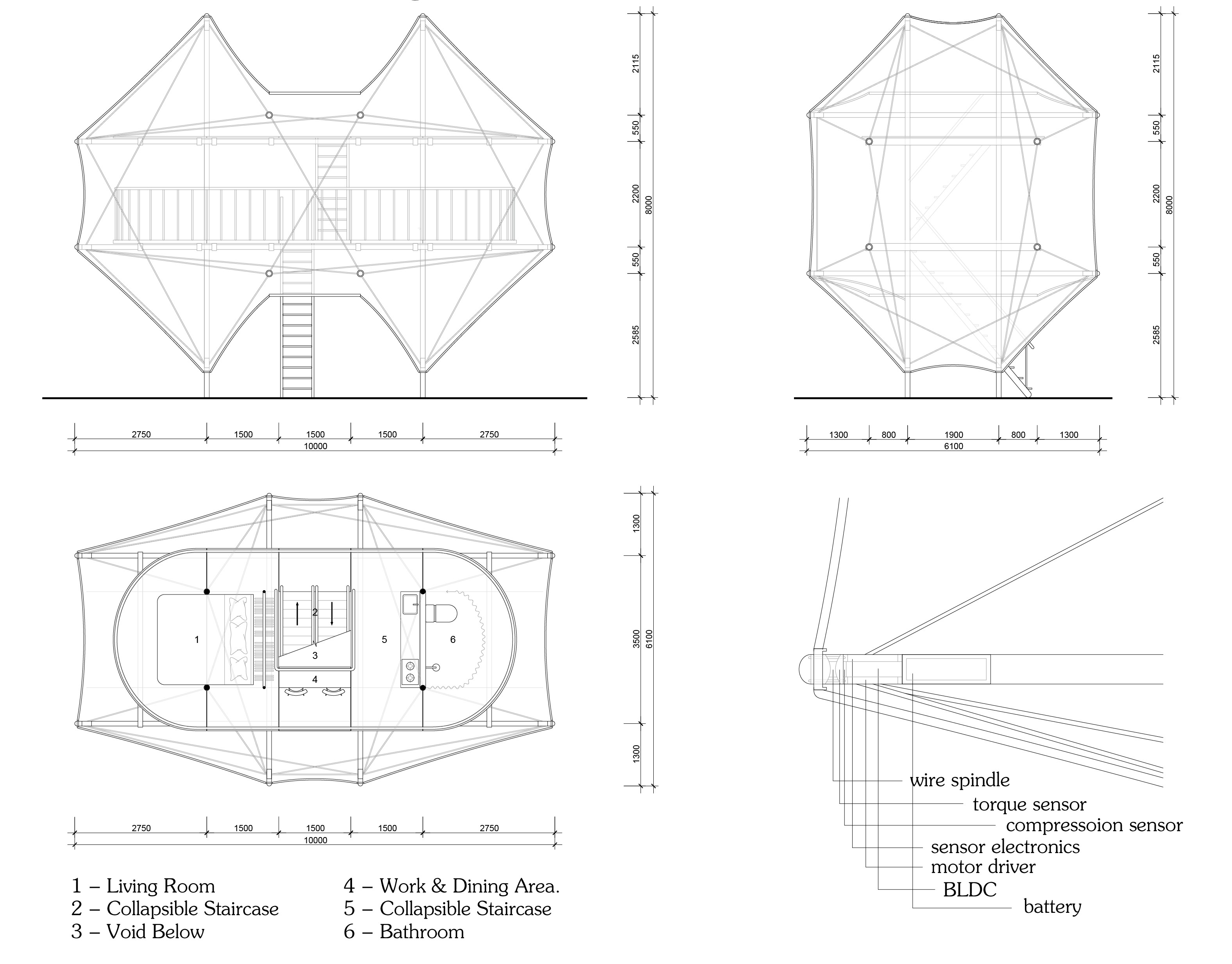
VZ- Which tools do you use during design? What is inside your toolbox? Such as software, application, hardware, books, sources of inspiration etc.?
RS- Software: Grasshopper in Rhino (for simulating and designing tensegrity structures), Blender (for modeling and rendering pneumatic structures),
Illustrator (for analysis diagrams).
Sources of inspiration: papers on tensegrity structures, pneumatic architecture, cable-driven structures, and off-grid buildings.
Handmade models.
Upcoming Deadlines
Tiny House 2025
Architecture Competition
Early Bird Deadline - 23 Jan 2026
Standard Registration Deadline - 27 Feb 2026
Submission - 12 Mar 2026


